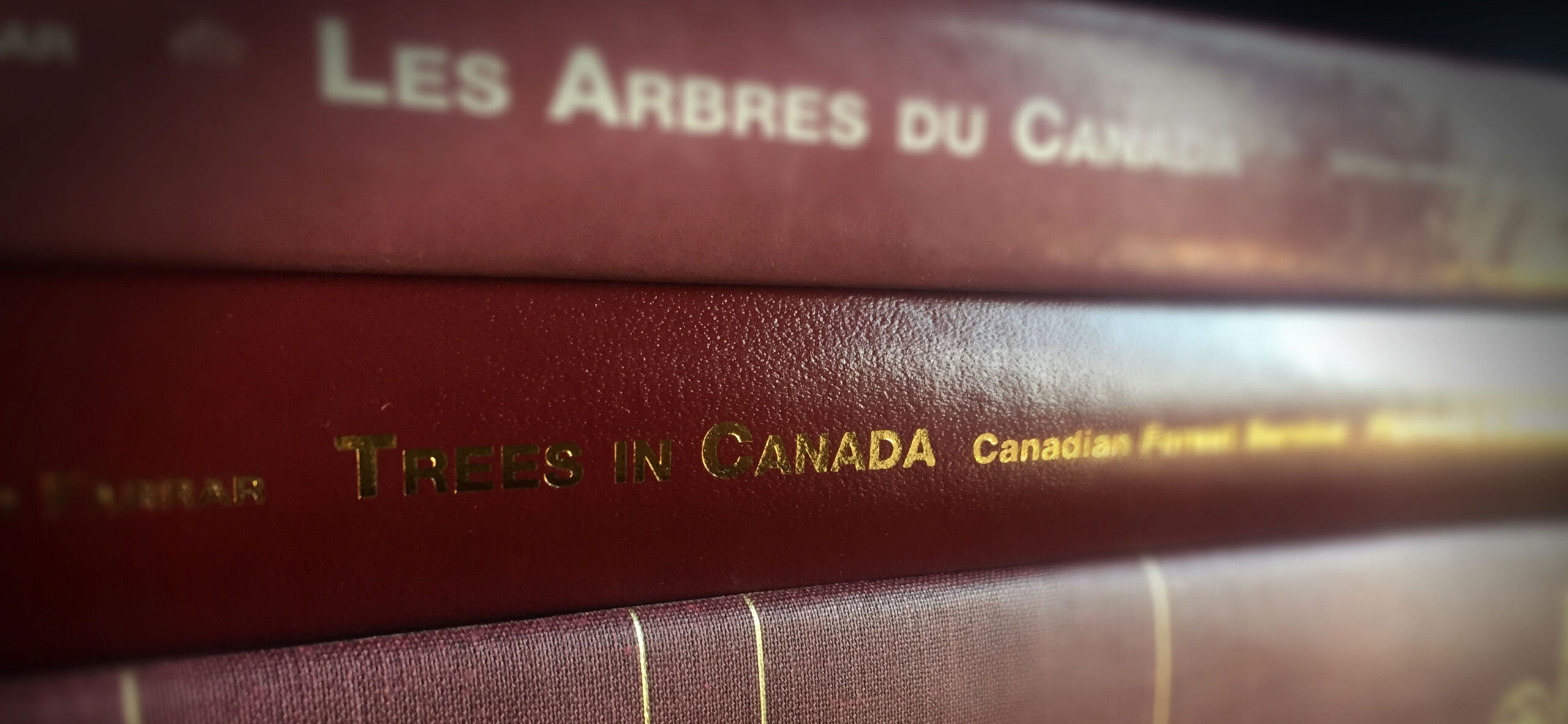
Type

Deciduous
Status

Native
Edible fruit/nut tree?

YES
Names
Latin (scientific) name: Malus coronaria
Common English name: Wild crab apple
Other names: Sweet crab apple
French name: Pommier odorant
Habitat
Often grows in the shade of other trees and along fences and roadsides.
Other notes
Found near Lakes Erie and Ontario in southern Ontario.
Hardiness zone(s)
5a, 5b, 6a, 6b, 7a, 7b
A hardiness zone is a geographically defined area where a given plant is capable of growing. Hardiness zones are based largely on climate, particularly minimum temperatures. Zone 0 covers the harshest areas in Canada for plant species. Higher numbers represent more temperate areas.
For more information on plant hardiness zones in Canada, visit Natural Resources Canada.
Images:
Follow us on social media to keep up-to-date.
